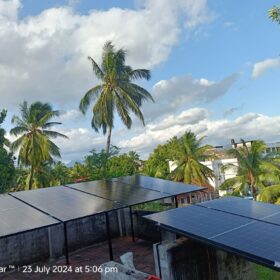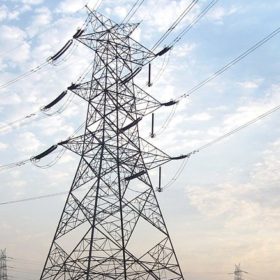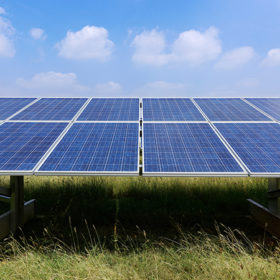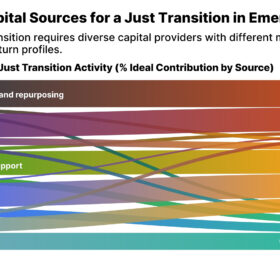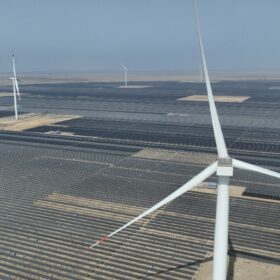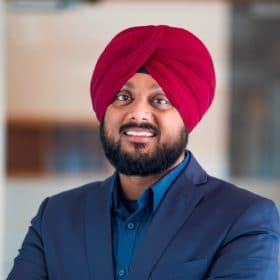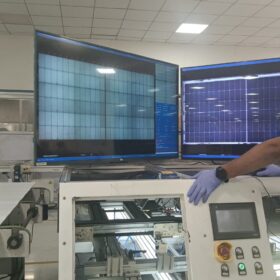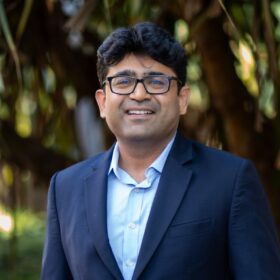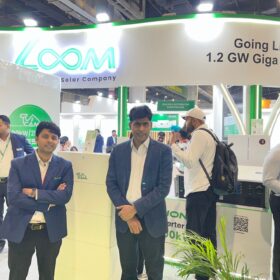Jharkhand can emerge as a front-runner in India’s low-carbon transition
Jharkhand’s vast renewable energy potential, combined with its industrial base and critical mineral reserves, positions the state to emerge as a hub for low-carbon manufacturing, ranging from EVs, solar panels and battery energy storage systems (BESS) to green hydrogen production.
PMSGY accelerates residential rooftop solar, yet supply and financing hurdles remain
Despite a nearly fourfold increase in applications between March 2024 and July 2025, only 13.1% of the target of one crore (10 million) residential rooftop solar installations had been achieved, and just 14.1% of the allocated INR 65,700 crore ($7.5 billion) in subsidies released under the PM Surya Ghar: Muft Bijli Yojana as of July 2025. Given this context, achieving the FY2027 target of 30 GW capacity remains a considerable challenge, according to a new report by IEEFA and JMK Research.
DISCOMs continue to exceed their 3% fiscal deficit limit, highlighting need for state oversight
Besides direct lending, states continue to fund DISCOMs through grants and subsidies, but ongoing financial losses suggest the need for enhanced fiscal discipline and operational oversight.
Meeting evening peaks with clean power requires a three-pronged strategy: IEEFA
The persistent evening peaks, which now nearly match daytime highs, reinforce the urgency of deploying storage solutions, demand-side measures and hybrid renewable projects to meet post-sunset demand.
Targeted co-financing to support a just transition in emerging economies: IEEFA
Supporting a Just Transition in emerging economies requires not only large-scale capital for infrastructure such as renewables but also targeted financing for communities and small businesses. Capital should be matched to specific activities based on risk and impact, says a new report by the Institute for Energy Economics and Financial Analysis (IEEFA).
Indian heavy industries present 20 GW open access solar opportunity
A new report by Ember finds that steel, cement, and aluminium industries can profitably integrate 20 GW of solar power to run their operations.
India launched 73 GW of utility-scale renewable tenders in 2024
Non-vanilla technologies, such as wind-solar hybrids and battery energy storage, accounted for half of the utility-scale renewable energy capacity tendered in 2024.
Why timely solar project delivery matters more than ever in 2025
India’s renewable energy sector symbolizes hope—for environmental sustainability, economic growth, and global leadership. However, poor execution could derail this vision. The renewable energy industry cannot afford to repeat mistakes seen in infrastructure, where overcommitting and underdelivering have compromised credibility and delayed progress.
India’s solar PV module exports soared 23 times between FY 2022 and FY 2024
The nation can potentially replace Southeast Asia countries as a top solar PV product exporter to the US, according to a joint report by IEEFA and JMK Research.
Rajasthan, Gujarat need policy interventions to sustain leadership in renewable energy deployment: IEEFA
A new briefing note by the Institute for Energy Economics and Financial Analysis (IEEFA) recommends lower incremental green tariffs, dedicated infrastructure funds, green budgeting, scaling up distributed renewable energy and advancing grid modernisation and energy storage to cement Gujarat and Rajasthan’s leadership in renewable energy deployment.

